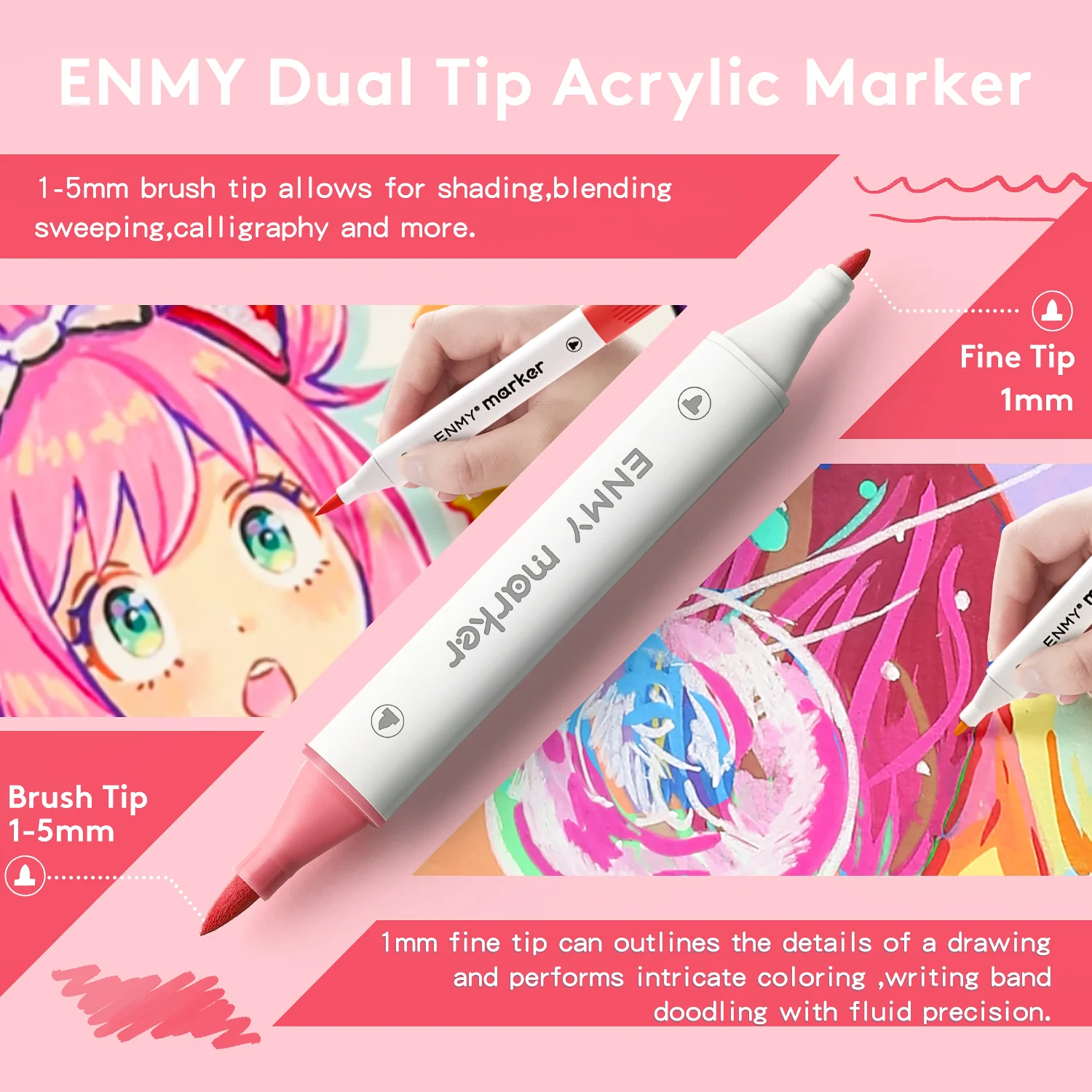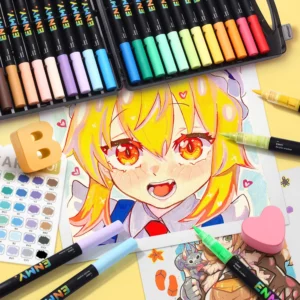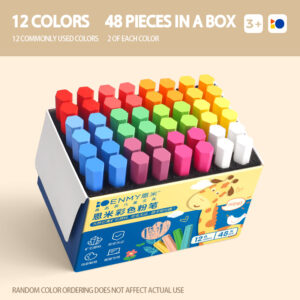From children in ancient times doodling on the ground with branches to today’s kids leaving digital marks by swiping their fingertips across electronic screens, the history of children’s stationery is not only a story of tool evolution but also a reflection of human educational concepts, technological progress, and social civilization. Those writing brushes, ink, paper, inkstones, crayons, and erasers that have accompanied generations of children’s growth carry their curiosity about knowledge and imagination of the world.
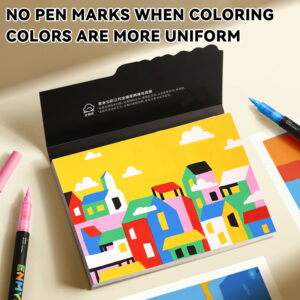
Ancient Times: The Sprout from Practicality to Enlightenment
In ancient times when paper was not yet popular, the prototypes of children’s stationery were full of primitiveness and practicality. Children in ancient Egypt used reed pens dipped in carbon black or mineral pigments to practice writing on papyrus. These pens with rough 杆 and simple pigments were among the earliest writing tools designed specifically for children. At that time, the “exercise books” were reusable slates—children wrote on them with sharp stones and wiped them off with a damp cloth, repeating the process. This thrifty way not only adapted to the environment of scarce materials but also implied the educational concept of “repetitive practice”.
Children’s stationery in ancient China was closely linked to the imperial examination system and Confucian education. The “Four Treasures of the Study” (writing brush, ink stick, paper, and inkstone), although initially designed for literati, gradually became the core tools for enlightenment education of children from wealthy families. The soft nature of the writing brush requires children to practice wrist control from an early age, and the process of grinding ink ingrains patience and concentration—these stationery items are not only writing tools but also carry the educational significance of “cultivating one’s morality and nourishing one’s nature”. To make it easier for children to accept, ancient people would combine stationery with childlike fun, such as carving cartoon animal patterns on inkstones and painting mythological stories on brush handles, adding a bit of interest to serious learning.
In medieval Europe, parchment was expensive, and children from ordinary families could only learn with “hornbooks”—a piece of wood with parchment fixed on it, on which letters or prayers were written, and children pointed to them with small sticks to read. This simple tool, although with single functionality, initiated the prototype of mass education, making stationery gradually move from being exclusive to nobles to common children.
After the Industrial Revolution: The Rise of Standardization and Popularization
The wave of the Industrial Revolution in the 18th century completely changed the production and popularization of children’s stationery. Mechanized production significantly reduced the cost of stationery, and standardized design made product quality more stable, enabling children’s stationery to achieve “popularization” for the first time.
The birth of the pencil was a milestone in this period. After graphite mines were discovered in England in 1564, people began to write with graphite sticks. However, it was not until the 19th century that American inventor Joseph Dixon realized the industrial production of pencils and wrapped the graphite core with a wooden shell, forming the prototype of the modern pencil. The characteristics of pencils that they do not need to be dipped in ink and can be erased made children’s writing extremely convenient, quickly becoming a standard in schools. In 1858, Hyman Lipman glued an eraser to the end of a pencil. This “integrated” design further improved practicality and remains a classic style of children’s pencils to this day.
The industrial production of paper also promoted the popularization of exercise books. In the mid-19th century, the improvement of paper-making machines caused the price of paper to plummet, and bound exercise books entered ordinary families. At the same time, “tracing books” specially designed for children appeared—with dotted letters or Chinese characters printed on them, children traced along with pencils. This standardized learning tool greatly improved the efficiency of literacy.
Colored stationery began to be loved by children. In 1864, American educator Lewis Prang invented colored crayons, initially used for art education, and later became popular worldwide because of their safety, non-toxicity, and rich colors. In 1903, Binney & Smith launched “Crayola” crayons, a set of 8 colors priced at only 5 cents, with the advertising slogan “Safe enough to eat” (though an exaggerated claim) addressing parents’ concerns about safety, becoming a childhood memory for countless children. During this period, stationery manufacturers began to focus on “child-friendly” designs, such as making crayons in short and thick shapes for small hands to hold easily, and rounding the edges of scissors to reduce the risk of scratches.
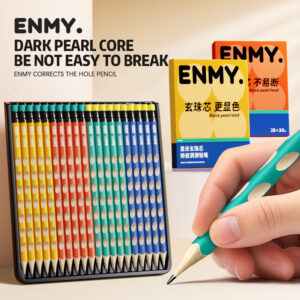
The 20th Century: Balancing Creativity and Safety
In the 20th century, children’s stationery entered an era of “emphasizing both creativity and safety”. With the deepening of psychological research, people realized that stationery is not only a tool but also can affect children’s creativity and learning interest, and “safety” was raised to an unprecedented height.
The popularization of plastic made stationery shapes more diverse. After the 1950s, plastic replaced wood and metal as the main material, allowing manufacturers to easily produce stationery in the shapes of animals, cartoon characters, etc.—rabbit-shaped erasers, car-shaped pencil cases, flower-patterned rulers. These childlike designs greatly stimulated children’s learning enthusiasm. In 1958, a Japanese stationery company launched “Hello Kitty” themed stationery, combining cartoon IP with stationery, creating a new model of “cultural and creative + children”, which still affects stationery design today.
The establishment of safety standards was an important progress in this period. In the 1970s, European and American countries successively introduced safety regulations for children’s stationery. For example, the U.S. Consumer Product Safety Commission (CPSC) stipulated that the diameter of pen caps must be larger than 16 mm to prevent accidental swallowing and that they must have ventilation holes; the EU’s EN71 standard strictly limits heavy metals and harmful chemicals in stationery. These standards forced manufacturers to improve production, such as replacing lead-containing dyes with non-toxic pigments and using food-grade plastic to make pen barrels, making “safety” the core competitiveness of children’s stationery.
Functional stationery continued to innovate. In the 1980s, washable watercolor pens were invented, solving the problem that traditional pigments are difficult to clean; in the 1990s, mechanical pencils became popular, allowing children to write without sharpening, and the lead could be extended by pressing; notebooks with cartoon stickers, foldable rulers, pencil cases with calculators… These designs deeply integrated “learning” and “fun”, making stationery a carrier for children to express their personalities.
The 21st Century: New Trends of Digitalization and Environmental Protection
Entering the 21st century, technology and environmental protection have become the two key words in the development of children’s stationery, and traditional stationery and digital tools have begun to coexist complementarily.
Digital stationery has expanded learning scenarios. Electronic writing tablets (such as the children’s version of Wacom) allow children to draw and write on the screen, and the one-click clear function is more convenient than traditional paper and pen; voice-enabled point-reading pens can make books “speak”, converting text into sound, helping young children understand content. However, digital stationery has not replaced traditional stationery—studies have shown that handwriting can promote brain development, so pencils and exercise books are still the foundation, forming a “digital + traditional” integration model.
Environmental protection and safety have become core demands. With the improvement of environmental awareness, degradable materials (such as erasers made of corn starch, exercise books made of recycled paper) have become popular; manufacturers have promised “zero plastic packaging” and replaced plastic bags with paper boxes; some brands have also launched “plantable stationery”—the pen barrel contains seeds, which can grow into plants when buried in the soil after use, not only conveying environmental protection concepts but also full of fun. Safety standards have been further upgraded. For example, the EU REACH regulation has increased the number of restricted harmful chemicals from more than 100 to more than 200, and China’s GB 21027-2020 “General Safety Requirements for School Supplies” has also made strict regulations on fluorescent whitening agents and formaldehyde, making parents more at ease.
Personalized customization has become a new trend. Through e-commerce platforms, parents can customize pencils with their children’s names, notebooks with family photos, and even let children participate in designing stationery patterns. This “sense of exclusivity” turns stationery from mass products into “unique childhood memories” and also reflects the emphasis on “personalization” in contemporary education.
Conclusion: Childhood and Civilization in Stationery
From scratches on slates to handwriting on screens, every evolution of children’s stationery corresponds to the deepening of human understanding of education—from “letting children learn knowledge” to “letting children learn knowledge happily”, from “tool practicality first” to “emphasizing both safety and creativity”. In the future, with the progress of technology and the renewal of concepts, children’s stationery may have more amazing forms, but what remains unchanged is that it has always been a bridge connecting children and the world, the warmest growth mark in childhood. Just like a small crayon, it can not only draw colorful paintings but also draw children’s infinite imagination of the world.


